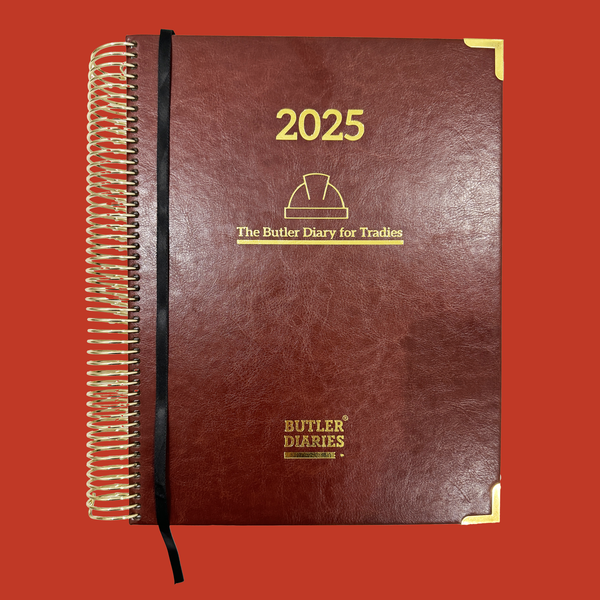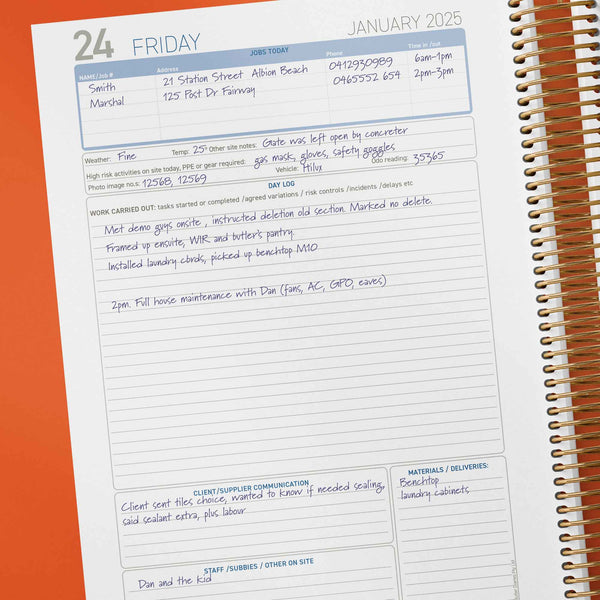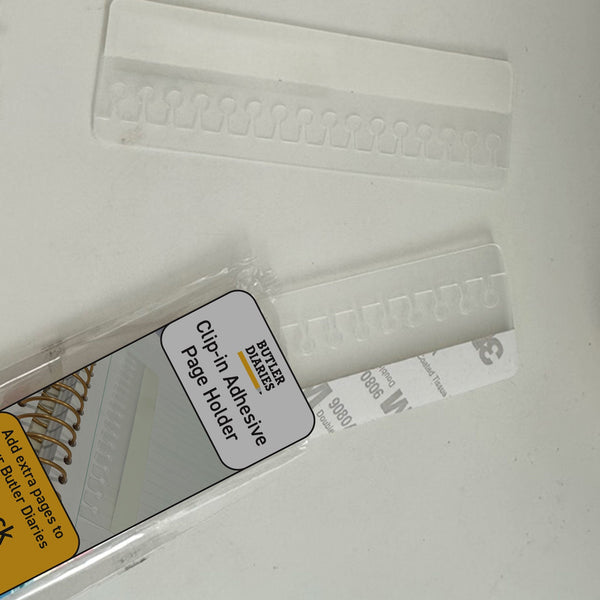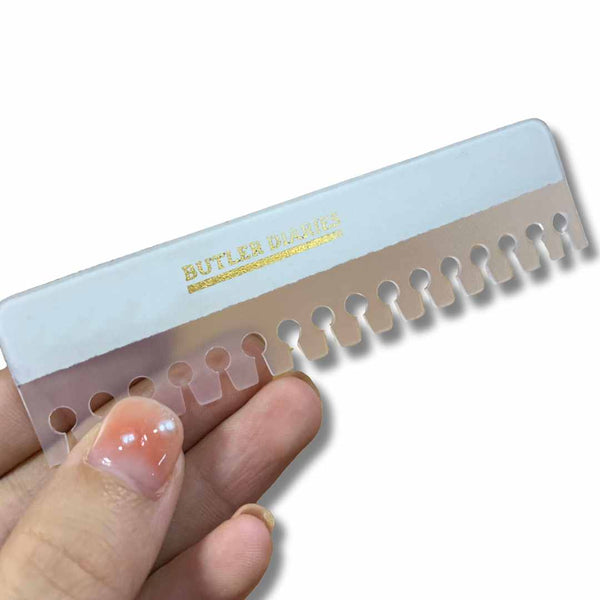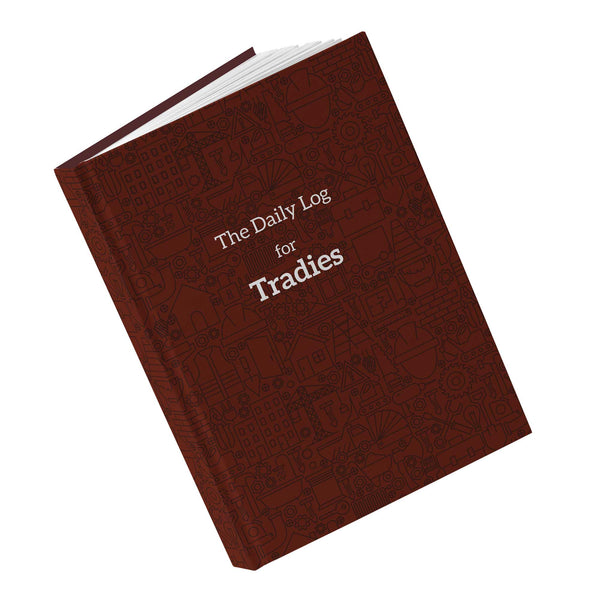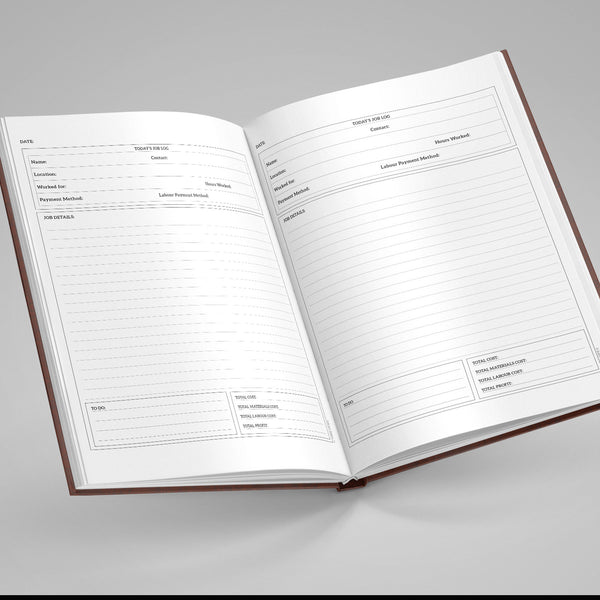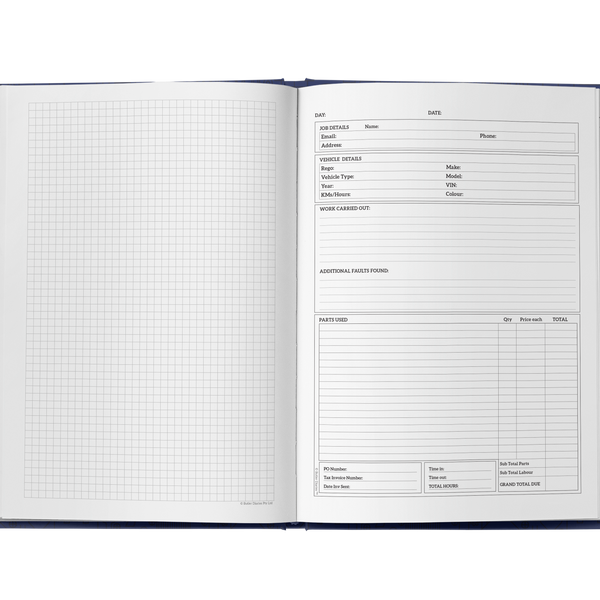The $50,000 Reality Check Every Tradie Needs to Hear
Let's talk about the mistake that's quietly destroying Australian construction businesses. It's not what you'd expect - it's not dodgy customers, late payments, or even rising material costs. It's something far more basic: poor job costing.
Here's the brutal truth. According to the Australian Bureau of Statistics, 67% of small construction businesses fail within their first five years. The biggest killer? They simply don't know where their money's going.
I learned this lesson the hard way when I nearly lost my electrical contracting business in 2019. Despite being busier than ever, I was somehow losing money on jobs I thought were profitable. It took a $15,000 loss on what should have been a $40,000 profit job to wake me up.

Why Most Tradies Get Job Costing Dead Wrong
The problem isn't that tradies can't do maths. It's that most of us are tracking the wrong things, or worse - not tracking anything properly at all.
Here are the five job costing mistakes I see killing businesses every week:
1. The "Mental Math" Trap
Sound familiar? You quote a job based on what feels right, add a bit extra "just in case," and hope for the best. No written breakdown, no detailed tracking - just gut instinct and crossed fingers.
This approach might work for simple jobs, but it's financial suicide for anything complex. I've seen sparkies lose $20,000 on commercial fit-outs because they underestimated cable runs by 200 metres.
2. Forgetting the "Hidden" Costs
Materials and labour are obvious. But what about fuel, insurance, equipment depreciation, permit fees, waste disposal, and your actual time travelling to suppliers? These "hidden" costs can easily add 30% to any job.
The contractors who stay profitable? They track everything. Every coffee, every toll road, every hour spent chasing approvals.
3. Not Tracking Time Properly
How long did that bathroom renovation really take? If you can't answer that question down to the hour, you're pricing future jobs based on guesswork.
The difference between estimating 40 hours and the actual 60 hours isn't just embarrassing - it's the difference between profit and loss.
4. Material Waste Blindness
Every tradie knows there's waste on every job. Offcuts, damaged materials, ordering extras "just in case." But most never calculate what that waste actually costs them.
Smart contractors track waste percentages by job type. They know that kitchen renovations typically have 15% timber waste, while new builds might only have 8%. This data transforms their pricing accuracy.
5. The "She'll Be Right" Payment Terms
You finish the job, send an invoice, and wait. Meanwhile, your cashflow suffers and you can't afford materials for the next project. Poor payment tracking turns profitable jobs into cash flow disasters.

The 5-Step System That Saved My Business
After that $15,000 wake-up call, I developed a documentation system that completely transformed my job costing accuracy. Here's exactly what successful contractors do differently:
Step 1: Detailed Pre-Job Breakdown
Before you touch a tool, break down every element of the job. Materials, labour hours, travel time, equipment costs, permits, disposal fees - everything. This becomes your profit protection baseline.
The Construction Diary's job costing section makes this systematic. You've got dedicated spaces for every cost category, plus room for notes about site conditions that might affect pricing.
Step 2: Daily Time and Material Tracking
Track everything in real-time, not at the end of the week when you've forgotten half the details. Every material delivery, every hour worked, every unexpected cost.
This isn't just about this job - it's about building data that makes your future quotes bulletproof.
Step 3: Weekly Progress Reviews
Every Friday, compare actual costs against your original estimate. Are you tracking ahead or behind? What's causing variations? This weekly check prevents small problems from becoming major losses.
Step 4: Completion Analysis
When the job's done, calculate your actual profit margin. Did you hit your target? If not, why not? This analysis turns every job into a lesson for better pricing.
The contractors who do this consistently can quote jobs with 95% accuracy within six months.
Step 5: Data-Driven Future Pricing
Use your historical data to price similar jobs. You'll know exactly how long a bathroom renovation takes, what the typical waste percentage is, and what unexpected costs to budget for.
Why Paper Documentation Beats Digital for Job Costing
I know what you're thinking - there's an app for everything these days. But here's why the most successful contractors still use physical documentation for job costing:
Site Reliability: No battery issues, no signal problems, no app crashes when you need to record critical information.
Speed: Writing costs and notes takes seconds. No unlocking phones, opening apps, or dealing with touchscreens with dirty hands.
Legal Protection: Handwritten records carry more weight in disputes. They're harder to fake and show authentic, real-time documentation.
Complete Picture: You can see weeks of data at a glance, spot patterns, and make connections that digital interfaces often hide.
The Documentation That Protects Your Profits
Professional job costing isn't about complicated spreadsheets or expensive software. It's about consistent, systematic recording of the right information.
The Construction Diary includes everything successful contractors track:
- Pre-job cost estimation worksheets with every category covered
- Daily time and material tracking pages for real-time accuracy
- Progress review sections for weekly profit protection
- Job completion analysis tools for continuous improvement
- Historical data reference pages for better future pricing
This isn't just record keeping - it's profit protection. Every successful contractor I know uses systematic documentation to track job costs and protect their margins.
What Proper Job Costing Actually Costs You
The biggest objection I hear? "I don't have time for all this paperwork."
Here's the reality check: proper job costing takes about 10 minutes per day. That's 50 minutes per week to protect thousands in profit.
Compare that to the cost of poor job costing:
- Average 15-30% profit loss per job
- Cashflow stress from underpriced work
- Working longer hours for less money
- Business failure within five years
The most profitable contractors aren't the busiest - they're the ones who know exactly where every dollar goes.
Start Protecting Your Profits Today
You can't afford another job where you wonder where the profit went. Every day without proper job costing is money walking out the door.
The Construction Diary gives you the systematic approach that successful contractors use to track costs, protect profits, and build sustainable businesses.
Stop guessing about job costs. Start tracking them professionally.
Your future self - and your bank account - will thank you.


